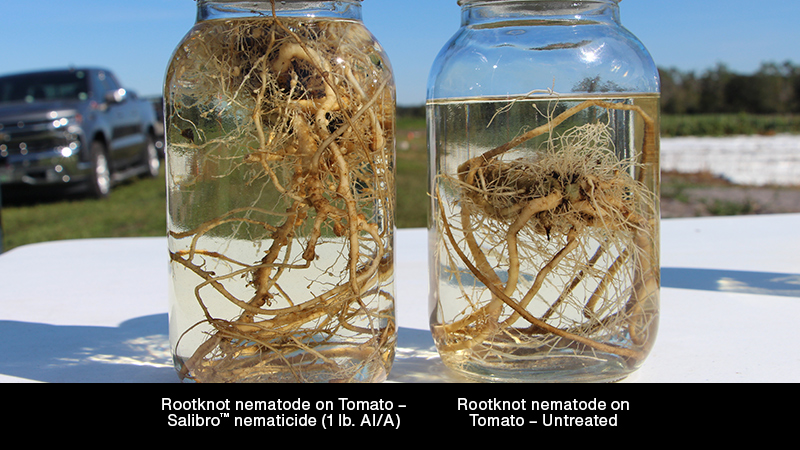Have a Plan For Climate Change? Why Fruit Growers Need To Act Now
My “holy cow!” moment on the impact of climate change came just about a year ago when my friend, Entomologist Jhalendra Rijal, told me California growers are likely to see another generation of codling moths emerge during their lifetimes. I was stunned, as I thought the effects of climate change, while certainly real, would not have such a tangible impact on the insect world so rapidly.
Jhalendra, who’s the areawide University of California Cooperative Extension IPM Advisor where I live in the northern San Joaquin Valley, isn’t prone to hyperbole. He’s a scientist, and a few months later he and a team of UC colleagues — along with scientists with the USDA California Climate Hub — released a study he co-authored that shows some remarkable impacts of climate change.
California’s farms are expected to face a surge in agricultural pests, which poses a threat to the state’s specialty crops industry. Populations of three major insect pests — codling moth, peach twig borer, and oriental fruit moth — are projected to increase mainly due to rising temperatures, according to the study, which was published in the journal “Science of the Total Environment.”
The three pests are notorious for infesting most of the walnut, almond, and peach orchards of California, causing extensive damages by reducing quality of fruits and nuts. Climate change can lead to shifts in the timing of seasons, including warmer winters, earlier springs, and hotter summers, and these conditions can disrupt the natural life cycles of pests.
The UC study revealed that due to increases in temperature, these insects are expected to appear up to 28 days earlier in the spring and the time between generations is expected to shorten by up to 19 days. The changes may be gradual, but the study predicts that we may see up to a half-generation of these pests added within the next 20 to 30 years.
I don’t know about you, but it’s hard to wrap my head around the fact insect cycles are going to go wild in response to climate change. But 2023 was the warmest year on record across the globe, according to the National Oceanic and Atmospheric Administration. Since 1850, the 10 warmest years have occurred in the past decade.
I got these stats from an email that just popped into my inbox, and despite these depressing stats, it gave me a great feeling. Michigan State University, joined by the Michigan Department of Agriculture and Rural Development (MDARD), is forming the Agricultural Climate Resiliency Program. It operates through MSU AgBioResearch and MSU Extension and was established this year through the MDARD budget with $1 million in recurring funds to support faculty and Extension positions. A one-time investment of $5 million will go toward a competitive grants program, in which MSU researchers and Extension specialists can apply for three-year grants of up to $1.25 million.
All fruit growers should find this research of interest. The problem is unless you have the resources to move your farm — and how many growers could? — you’re going to have to seek other avenues. Growers are adapting in numerous ways. Big Washington apple growers have found netting intended to protect the fruit from hail to be even more valuable in preventing sunburn, and now many orchards are covered throughout the state.
What about you? What are you doing to modify your environment? Whether big or small, I’m interested in how American fruit growers are trying to modify their own microclimates. Leave a reader comment below.









